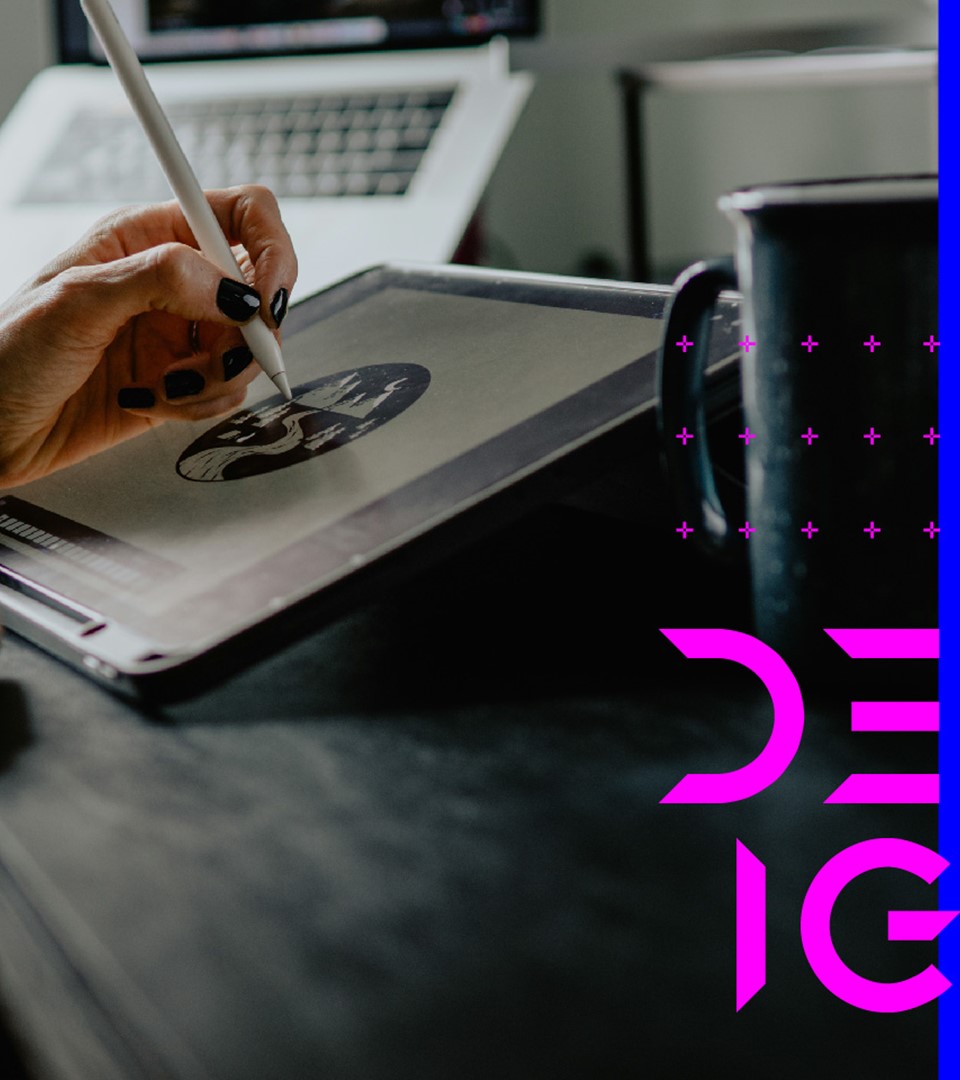When and Where You Should Consider Professional Design
Everybody can design but is everyone a designer?
The age-old ‘everybody is a designer’ statement is an ongoing battle for ownership, the lightning rod for debate. But why is design the discipline that sparks so much chatter for who wears the trousers?
Design is the platform that gives form to creativity. We all possess some level of creativity and have the freedom to to express it. Does everybody need all of the skills to be able to design? Of course not. But each person needs to be armed with the tools to understand how decisions can affect the customer experience.
A blank canvas
DIY design platforms make it more accessible for users to have the freedom to design. It provides the tools to tell your story and gives businesses the flexibility to produce content that marketing budgets just don’t cover. As most people associate design with just aesthetics, there doesn’t seem to be any consequence for bad design because design is subjective.
While aesthetics play an important role, they are only a piece of the puzzle. The decisions we make can create significant consequences for how a brand comes across. A bad decision can be as harmful as making a mistake to a home's foundations. You need a strong foundation to build from.
Consistency over convenience
DIY tools give you the ability to design but not the knowledge of how to use it effectively towards the bigger picture. Using DIY platforms to build your brand can be seen as a money saver. However, in reality this can be restrictive and often counterproductive and damaging. Working with the same asset pool can lead to brand elements that start to look the same as other companies. Especially with brands using the same iconography. With hundreds of people using the same assets, it raises a question of branding originality and causes lines to blur. Often using templates that are irrelevant to your brand other than being aesthetically pleasing.
For well established brands, turning to DIY platforms could risk inconsistency, which in turn could cost your brand. Mixed visuals and shifting narratives can change the story you are telling and risk a loss in trust. It is easy to keep making minor changes based on what you like, until we put all the pieces together and it doesn't look like it comes from the same place. Consistency is key to building a strong brand, don’t confuse your audience with an inconsistent brand story.
The principles of design
Not only will a designer provide a vast wealth of knowledge, they should understand your values, the market and how that market thinks. Furthermore, they consider the context and create bespoke solutions for your brand. This involves maintaining brand consistency without risk of things getting stagnant. Designers live and breathe your brand and know how to stay true to your vision. Designers understand the principles of building a brand, it’s an instinct, like muscle memory. They will help build a strong reputation and heightened longevity which is richer in value than the money potentially saved by DIY tools. Plus, the design process is entirely bespoke to you. The requirements for a small digital graphic or a large printed brochure are completely different for example.
Manifesting your vision
At Mosaique, design is more than a pretty picture. For us, design is cemented in an overall vision and strategy. We will always consider your brand's longer term perception. It’s about standing out and creating a brand that is flexible to you, under the retention of solid brand guidelines and consistency.
Not only do you have solid and carefully curated building blocks for all elements, but you have the attention and support of a team of designers you can trust and who love what they do.
We would be more than happy to chat through any design needs to get an idea of what you need and how we can help.

